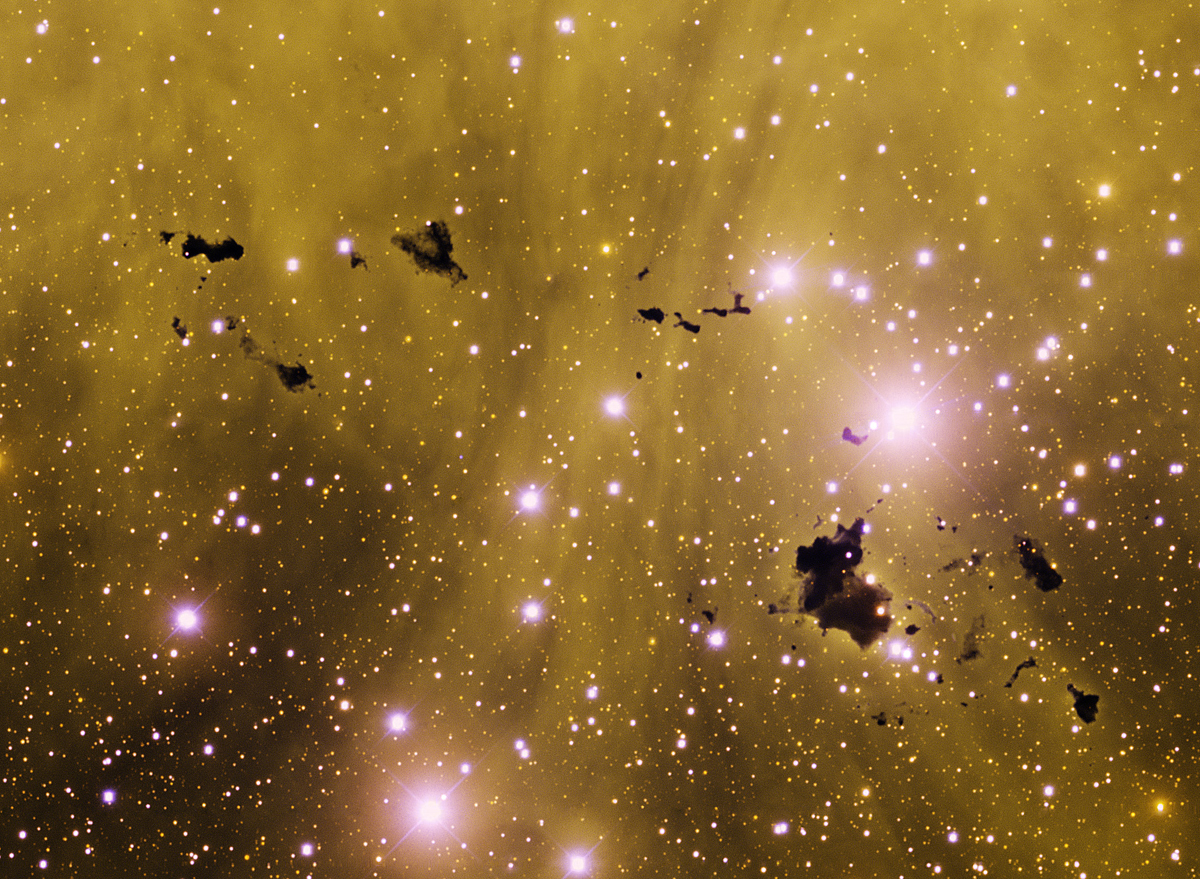Dr. Pulsar and Mr. Magnetar? 2 Star Types May Turn into Each Other
Are two different types of stars actually the same thing? Recent research shows that two kinds of exotic stars — known as pulsars and magnetars — may be a single type of star, but at different stages of its lifetime, according to a new NASA video.
Both pulsars and magnetars are kinds of neutron stars. A neutron star is the leftover core after a much more massive star runs out of fuel and explodes in a supernova. Gravity from that explosive event compresses the star into an object the size of a small city; a single teaspoon of matter from the neutron star has as much mass as a mountain, according to the video.
Neutron stars rotate superfast, ranging from 10 times a second to 700 times a second, NASA officials said in the video. Some of these neutron stars, called radio pulsars, emit radio waves like clockwork. Pulsars also possess strong magnetic fields, though these are not as strong as those found in magnetars. This kind of star has the strongest known magnetic field in the universe, some trillion times stronger than the magnetic field of our sun. Magnetars also send out extreme outbursts of X-ray and gamma-ray light. [Why Magnetars Should Freak You Out]
Starting in the 1970s, scientists characterized pulsars and magnetars as different types of objects. But that picture changed in recent years, when research revealed that pulsars and magnetars are likely both evolutionary stages in a neutron star's lifetime. It's unclear which comes first, the magnetar or the pulsar, according to the video; perhaps magnetars lessen their emissions of X-rays and gamma-rays to become pulsars. Or perhaps pulsars gradually generate a magnetic field to become magnetars.
"It's a bit tricky to observe these restless bodies," Tom Prince, a physics professor at the California Institute of Technology and a senior research scientist at NASA's Jet Propulsion Laboratory, said in the video.
"First, magnetars don't last long — just a year to a few years, before colossal waves of X-rays dissipate the magnetic energy," he added. "Second, pulsars are really quite old by our standards. One of the most famous pulsars, the Crab pulsar for example, exploded in the early 1000s. Third, it [a supernova doesn't happen often. The last known supernova to explode in our vicinity occurred in 1987 in a satellite galaxy of the Milky Way."
Prince made note of recent NASA missions that gave more information about neutron stars. These projects include the Fermi Gamma-ray Space Telescope, the Neil Gehrels Swift Observatory, the Nuclear Spectroscopic Telescope Array (NuSTAR) and the now-deceased Rossi X-ray Timing Explorer (RXTE). Another important contributor is the European Space Agency's XMM-Newton observatory, Prince said.
Breaking space news, the latest updates on rocket launches, skywatching events and more!
"Observations have included seismic waves rippling through a magnetar, a cloud of high-energy particles called a wind nebula around a magnetar and a magnetar that is also the slowest-spinning neutron star ever detected," NASA officials said.
Follow us @Spacedotcom, Facebook and Google+. Original article on Space.com .

Elizabeth Howell (she/her), Ph.D., was a staff writer in the spaceflight channel between 2022 and 2024 specializing in Canadian space news. She was contributing writer for Space.com for 10 years from 2012 to 2024. Elizabeth's reporting includes multiple exclusives with the White House, leading world coverage about a lost-and-found space tomato on the International Space Station, witnessing five human spaceflight launches on two continents, flying parabolic, working inside a spacesuit, and participating in a simulated Mars mission. Her latest book, "Why Am I Taller?" (ECW Press, 2022) is co-written with astronaut Dave Williams.
